Choosing the Best Insulation: Spray Foam or Fiberglass?
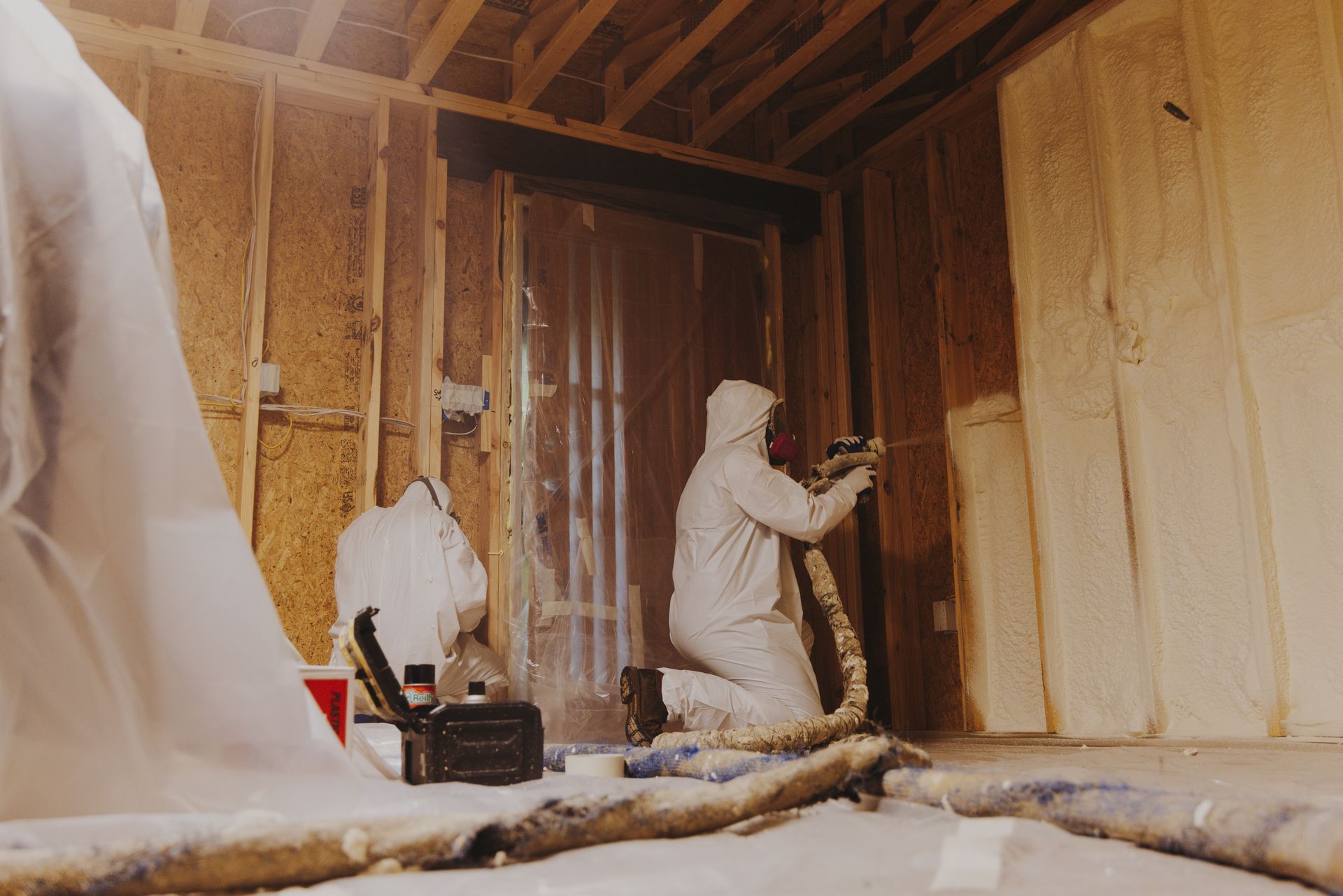
Homeowners face a crucial decision when choosing between spray foam and fiberglass insulation for their homes. Both options offer unique benefits, with spray foam providing superior air sealing and fiberglass being a more budget-friendly choice. While spray foam excels at insulating hard-to-reach areas like ducts, fiberglass and cellulose insulation remain popular for their ease of installation and affordability.
In this article, we’ll compare spray foam vs fiberglass insulation, examining their performance, cost, and environmental impact to help you make an informed decision for your home.
Key Takeaways
- Spray foam offers higher R-value and better air sealing than fiberglass insulation
- Fiberglass is more cost-effective initially, while spray foam provides long-term energy savings
- Professional installation is crucial for spray foam, whereas fiberglass allows for DIY application
- Both insulation types have different environmental impacts and sustainability considerations
- Safety concerns include chemical off-gassing for spray foam and potential fiber release for fiberglass
Understanding the Basics of Spray Foam and Fiberglass Insulation
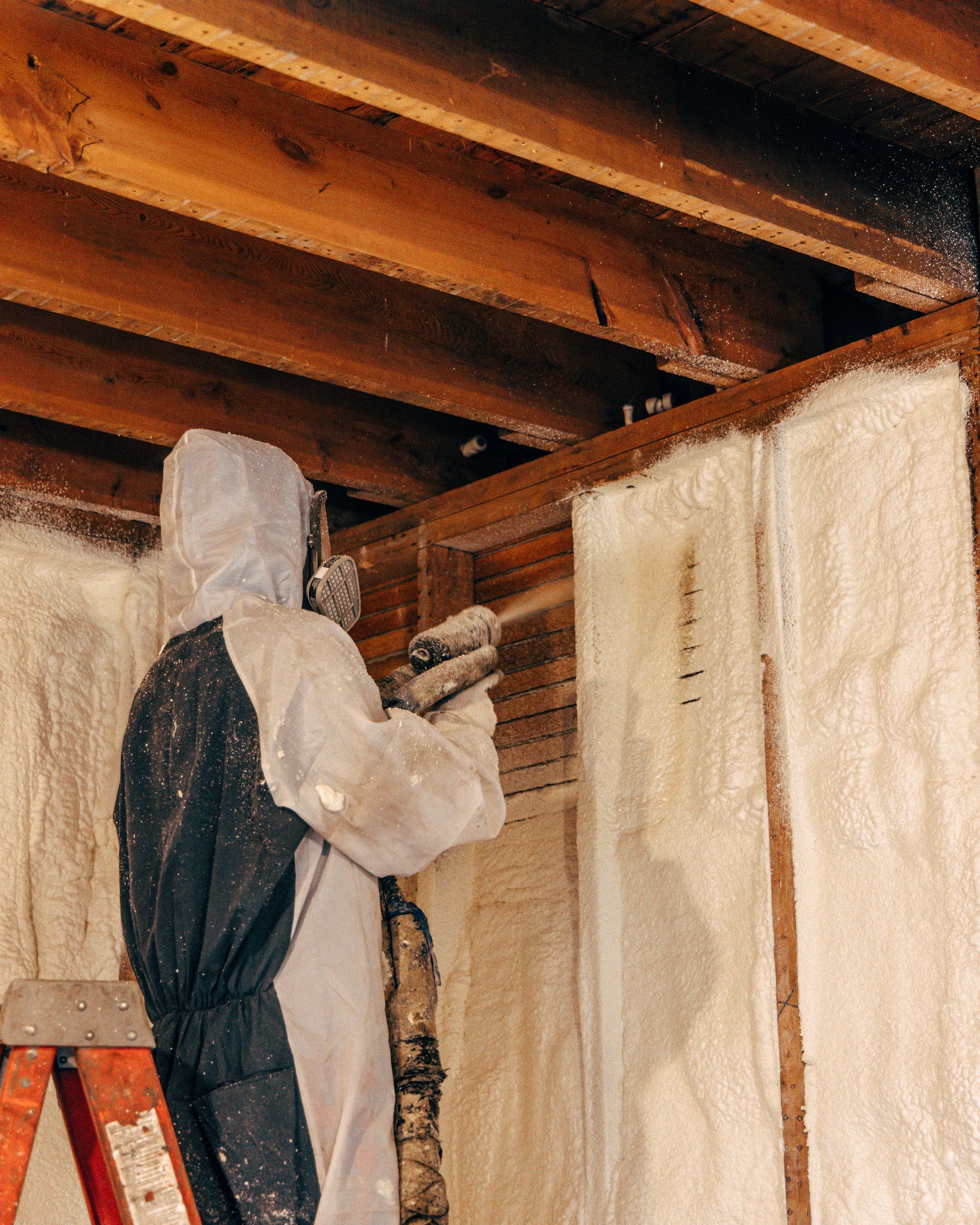
Spray foam and fiberglass are two popular insulation options for homes. Spray foam is a liquid that expands into foam, filling gaps and cracks in walls, floors, and around pipes. It creates an air barrier that can also insulate concrete surfaces. Fiberglass, made from fine strands of glass, comes in batts or rolls and is often used between wall studs and in attics. Both materials aim to improve energy efficiency, but they differ in application methods, costs, and performance.
What Is Spray Foam Insulation?
Spray foam insulation is a modern solution that expands to fill gaps and create an airtight seal. Contractors apply the foam using specialized equipment that mixes two chemical components under high pressure. This versatile material adapts to various climates and can replace traditional caulk for superior air sealing. Spray foam’s ability to expand and harden makes it effective for insulating complex spaces and irregular surfaces.
What Is Fiberglass Insulation?
Fiberglass insulation consists of tiny glass fibers woven into a mat-like material. It has various densities and forms, including batts, rolls, and loose-fill. Fiberglass traps air pockets to slow heat transfer but can absorb moisture and collect dust over time. While effective, it may require careful installation to avoid gaps that reduce its insulating properties. Proper handling is essential, as fiberglass can irritate skin and lungs if not installed correctly.
- Made from recycled glass and sand
- Available in different R-values for various climates
- Requires protective gear during installation
- Can be compressed, reducing the effectiveness
- Susceptible to mold growth if exposed to moisture
How Spray Foam Insulation Stacks Up Against Fiberglass
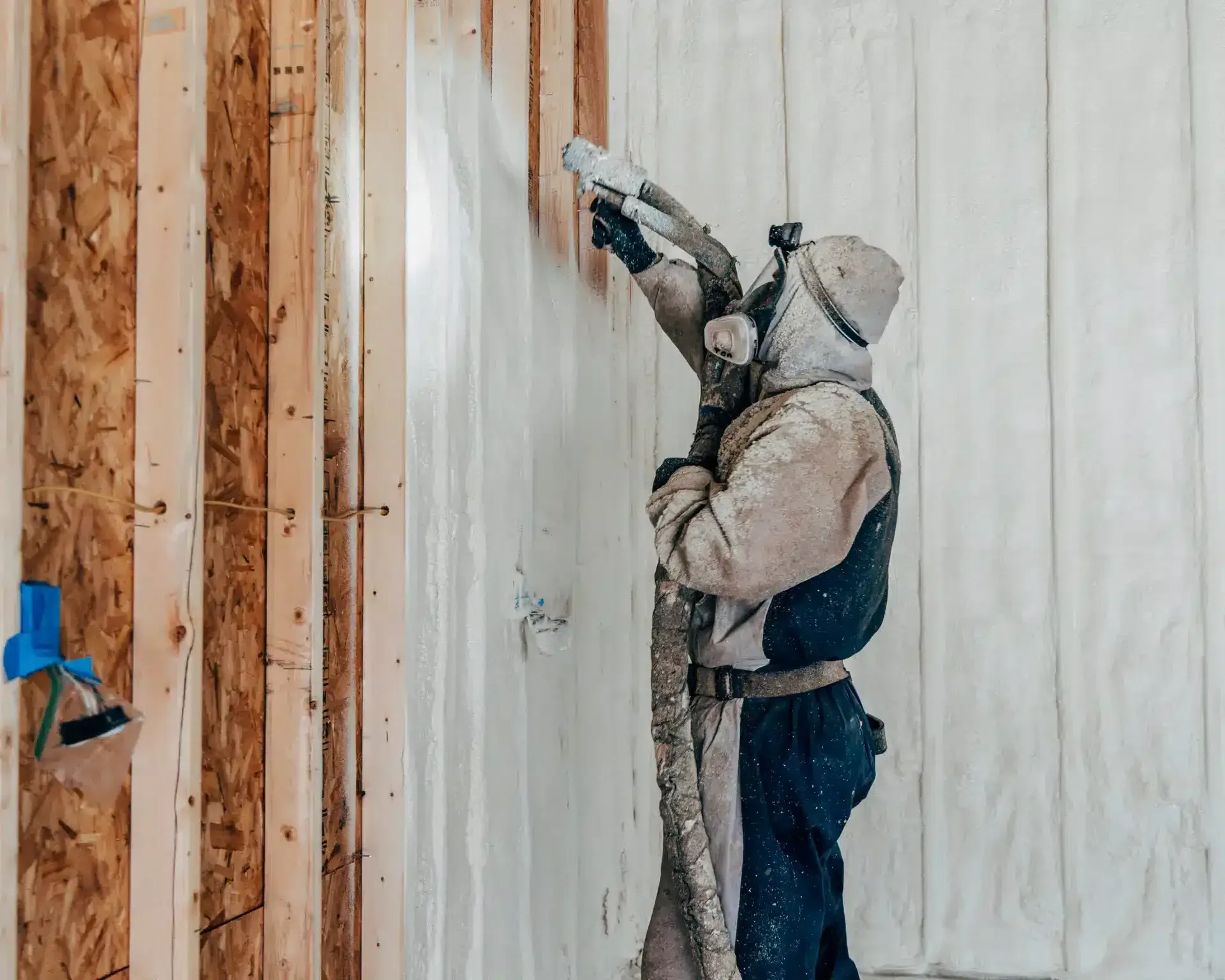
Spray foam insulation, and fiberglass offer distinct advantages in home insulation. Spray foam expands to fill gaps in attics and framing, creating a tight seal against air and water infiltration. Fiberglass, on the other hand, is a traditional choice that fits between wall studs and joists. To determine which option best suits a home, it’s crucial to examine their R-values, which measure insulation effectiveness, as well as their long-term durability. These factors play a significant role in the overall performance and value of each insulation type.
Evaluating the R-Value of Each Insulation Type
R-value measures insulation’s resistance to heat flow, with higher values indicating better performance. Spray foam typically offers R-values of 3.6 to 6.5 per inch, while fiberglass ranges from 2.2 to 2.7 per inch. The higher R-value of spray foam allows it to provide superior insulation in thinner applications, making it ideal for tight spaces in construction and home improvement projects. Glass wool, another term for fiberglass, may require thicker installation to achieve comparable R-values, but it remains a cost-effective option for many homeowners seeking to reduce heat infiltration.
- Spray foam offers higher R-value per inch
- Fiberglass requires thicker application for similar performance
- R-value affects insulation effectiveness and energy efficiency
- Proper installation crucial for both types to achieve stated R-values
- Climate and building design influence insulation choice
Assessing the Longevity and Durability
Spray foam insulation excels in longevity and durability compared to fiberglass. It adheres tightly to walls, ceilings, and roofs, maintaining its shape and effectiveness for decades. This resilience contributes to improved indoor air quality and energy efficiency in basements and throughout the home. Fiberglass, while durable, may settle over time, potentially reducing its insulating properties in certain areas.
- Spray foam maintains shape and effectiveness longer
- Fiberglass may settle, reducing insulation in some spots
- Both materials can last for decades with proper installation
- Spray foam’s air-sealing properties enhance long-term performance
- Moisture resistance impacts durability in different climates
Analyzing the Cost Implications of Spray Foam vs. Fiberglass

Choosing between spray foam insulation and fiberglass involves weighing initial costs against long-term benefits. While spray foam may have higher upfront expenses, its superior insulating properties can lead to significant energy savings over time. Fiberglass, often considered more environmentally friendly due to its recycled content, offers a cost-effective solution for many homeowners. Both options can be applied to various surfaces, including metal, polystyrene, and drywall, but their impact on a home’s skin – its outer envelope – differs. This analysis explores the financial aspects of each insulation type, considering installation costs and potential returns on investment.
Initial Installation Costs Explained
Initial installation costs for spray foam insulation typically exceed those of fiberglass. Polyurethane-based spray foam costs more per inch but offers superior soundproofing and noise reduction. Fiberglass remains a budget-friendly option for attic insulation, though it may require additional materials for effective air sealing. The choice between these materials often depends on specific project requirements and long-term energy efficiency goals:
- Spray foam: Higher upfront cost, better air sealing
- Fiberglass: Lower initial expense, may need additional air barriers
- Installation complexity affects labor costs for both options
- Attic insulation costs vary based on accessibility and existing conditions
- Soundproofing needs may justify higher spray foam expenses
Long-Term Savings and ROI Comparison
Long-term savings and return on investment (ROI) vary between spray foam and fiberglass insulation. Despite its higher initial cost, spray foam’s higher insulation value and air-sealing properties often lead to greater energy savings over time. Fiberglass insulation installation, while less expensive upfront, may require more frequent replacement or additional measures to maintain effectiveness, particularly in areas prone to moisture or between joists. Homeowners should consider factors such as toxicity concerns, energy costs, and climate when evaluating the long-term value of each option. To make an informed decision, it’s advisable to obtain a free quote from insulation professionals who can assess specific home needs:
- Energy savings potential differs between materials
- Maintenance and replacement frequency affect long-term costs
- Climate and local energy prices influence ROI calculations
- Professional assessment helps determine best value for individual homes
- Toxicity considerations may impact long-term health-related costs
The Environmental Impact of Spray Foam and Fiberglass Insulation
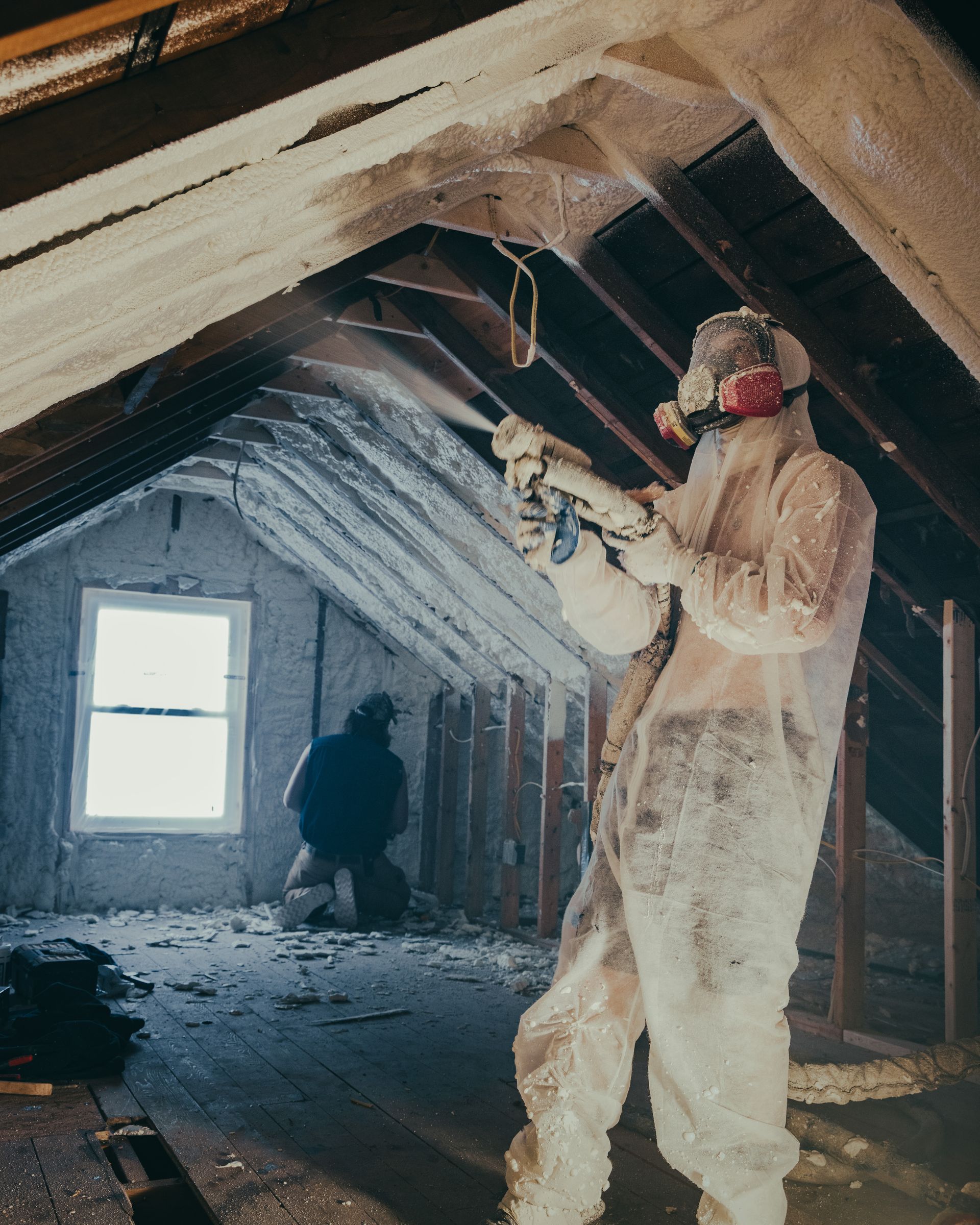
The environmental impact of insulation materials extends beyond their immediate performance. Spray foam and fiberglass differ in their production processes, raw materials, and long-term effects on home energy consumption. While fiberglass often contains recycled paper and glass, spray foam relies on chemical reactions and adhesives. Both materials aim to reduce heat transfer, but their manufacturing and disposal can affect health and ecosystems differently. Understanding these factors, along with each product’s terms of service and energy efficiency ratings, helps homeowners make informed decisions about their carbon footprint and sustainability goals.
Eco-Friendliness and Sustainability Considerations
Eco-friendliness and sustainability considerations play a crucial role in choosing between spray foam and fiberglass insulation. The closed-cell structure of spray foam enhances its energy efficiency, but its production process raises environmental concerns:
- Cellulose insulation uses recycled materials, reducing waste
- Fiberglass contains recycled glass, promoting resource conservation
- Spray foam’s chemical composition may impact indoor air quality
- Manufacturing processes differ in energy consumption and emissions
- End-of-life disposal and recycling options vary between materials
Energy Efficiency and Its Effect on Your Carbon Footprint
Energy efficiency plays a crucial role in reducing a home’s carbon footprint, with both spray foam and fiberglass insulation contributing to lower energy consumption. Installing spray foam creates a more effective barrier against heat transfer, potentially leading to greater reductions in greenhouse gas emissions associated with heating and cooling. While fiberglass can also improve energy efficiency, its performance may vary depending on installation quality and environmental factors.
Installation Process: Spray Foam vs. Fiberglass
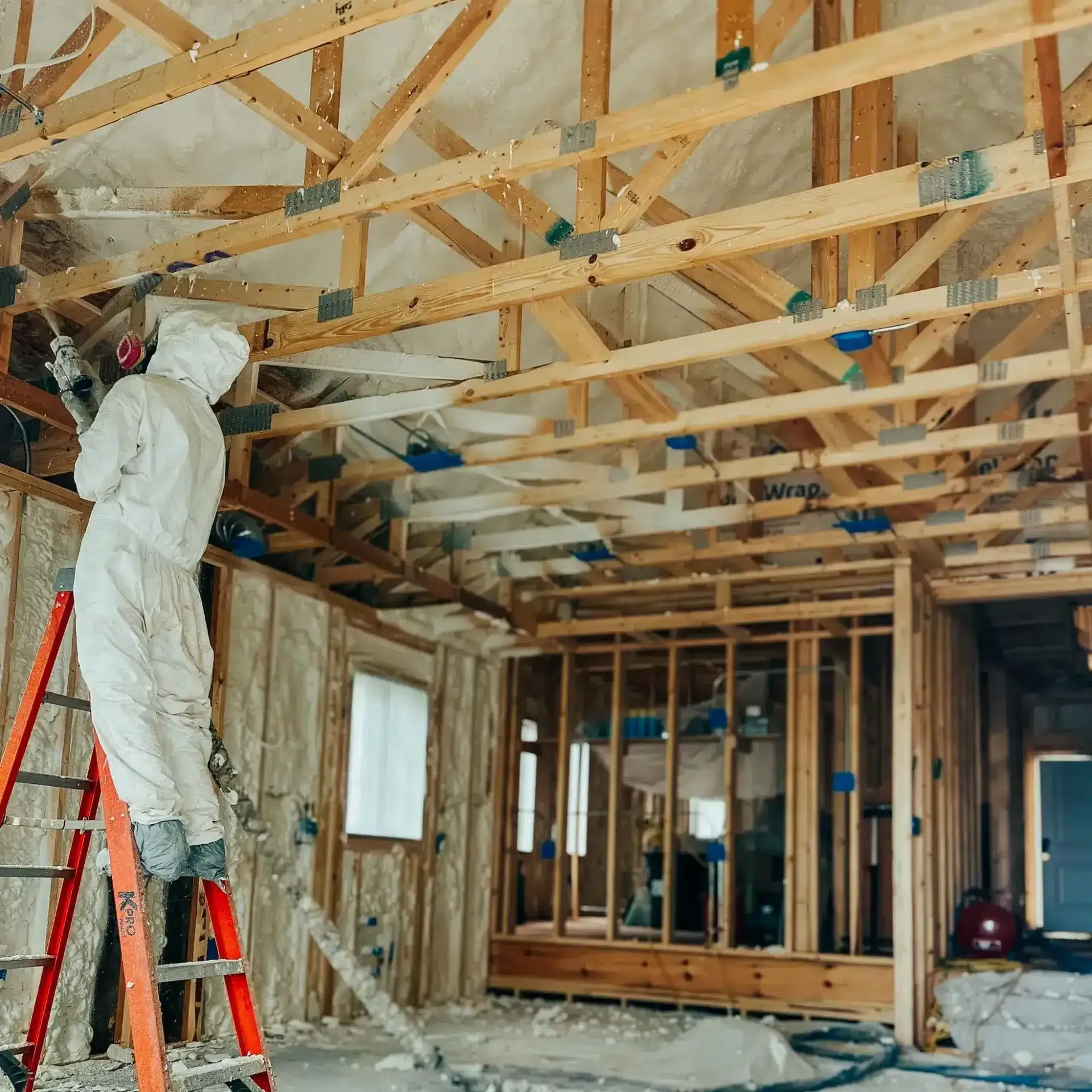
The installation process for spray foam and fiberglass insulation differs significantly, impacting both the preparation required and the feasibility of DIY projects. Spray foam demands specialized equipment and expertise, often necessitating professional installation. In contrast, fiberglass offers more flexibility for homeowners who are comfortable with DIY work. Understanding these differences is crucial for making informed decisions about insulation projects, considering factors such as time, cost, and desired outcomes.
Preparing for Installation of Each Insulation Type
Preparing for spray foam insulation requires thorough cleaning and sealing of the installation area to ensure proper adhesion. Fiberglass preparation involves measuring and cutting batts to fit between studs or joists. Both methods necessitate protective gear, but spray foam installation demands more extensive safety precautions due to its chemical nature:
- Clear installation area of debris and dust
- Seal gaps and cracks in walls or attic spaces
- Measure and mark areas for insulation placement
- Gather appropriate tools and safety equipment
- Ensure proper ventilation for spray foam application
Professional vs. DIY Installation Prospects
Professional installation offers precise application and optimal performance for spray foam insulation, while DIY projects better suit fiberglass installation. Spray foam requires specialized equipment and expertise, making it challenging for homeowners to tackle independently. Fiberglass batts allow for easier DIY installation, though proper technique remains crucial for maximizing insulation effectiveness.
Addressing Safety and Health Concerns
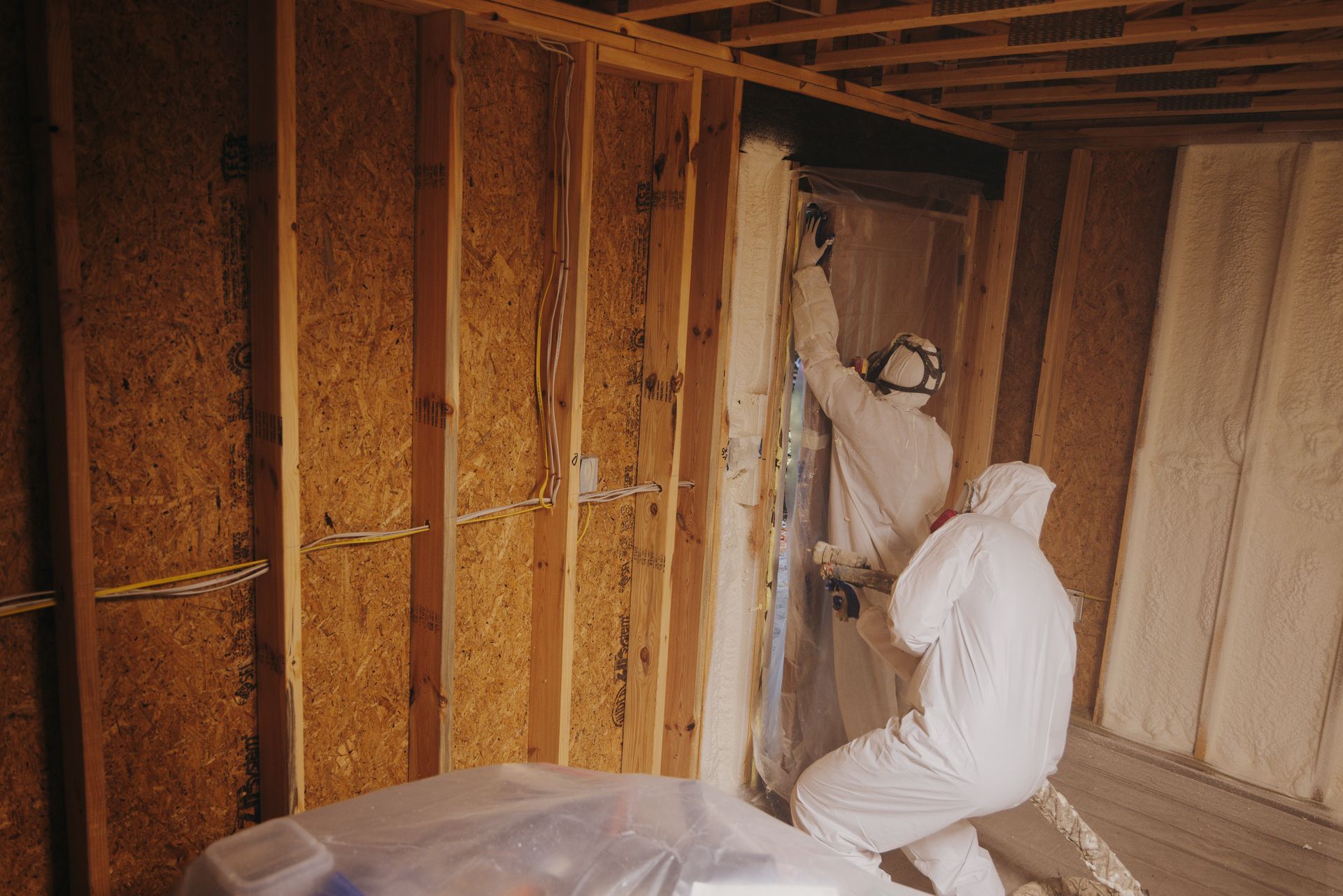
Safety and health concerns play a crucial role in selecting home insulation materials. Both spray foam and fiberglass insulation present unique considerations regarding their chemical composition, potential impact on indoor air quality, and fire resistance properties. Understanding these factors helps homeowners make informed decisions about which insulation type best suits their needs while prioritizing the well-being of occupants. This section examines the safety aspects of each insulation type, focusing on their chemical makeup, effects on air quality, and fire-resistant characteristics.
Chemical Composition and in-Home Air Quality
Spray foam insulation contains chemicals that may off-gas during and after installation, potentially affecting indoor air quality. Fiberglass insulation, made primarily from recycled glass, poses fewer chemical concerns but can release small fibers into the air if disturbed. Proper installation and ventilation are crucial for both types to minimize health risks and maintain good air quality in homes.
Fire Resistance Properties Across Insulation Types
Fire resistance varies between spray foam and fiberglass insulation. Spray foam typically offers superior fire resistance due to its dense structure and chemical composition, often achieving higher fire ratings. While not inherently fire-resistant, fiberglass insulation can be treated with fire-retardant chemicals to improve its performance in fire situations.
Conclusion
Choosing between spray foam insulation and fiberglass involves carefully weighing their performance, cost, and environmental impact. Spray foam offers superior air sealing and higher R-values per inch, leading to better energy efficiency and potential long-term savings despite higher initial costs. Fiberglass remains a cost-effective and eco-friendly option, suitable for DIY installation, but may require additional measures for optimal performance. Ultimately, the decision depends on specific home requirements, budget constraints, and long-term energy efficiency goals, making it essential for homeowners to consider professional assessments and quotes before making their choice.
The post Choosing the Best Insulation: Spray Foam or Fiberglass? first appeared on Mammoth Home Renovations.



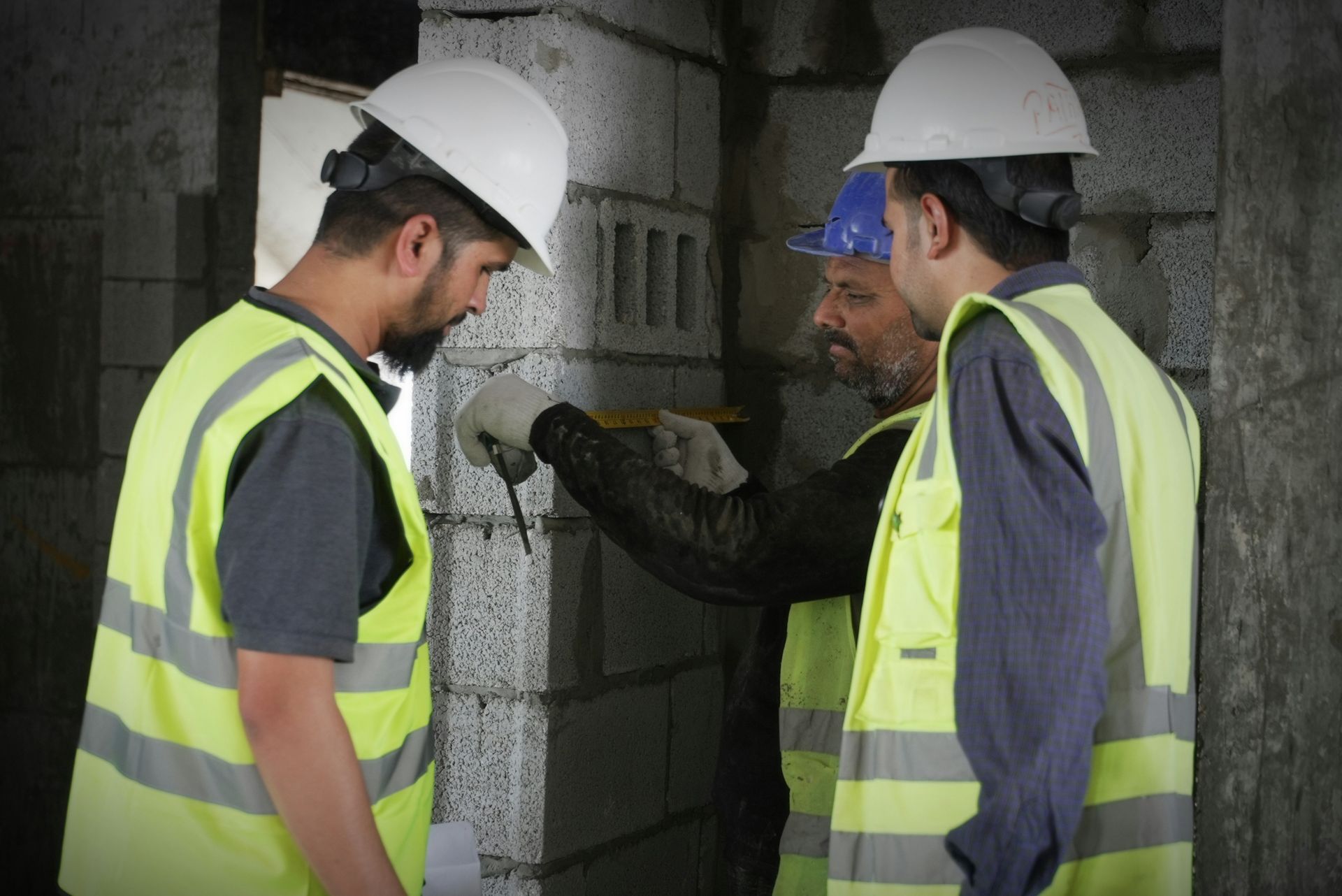
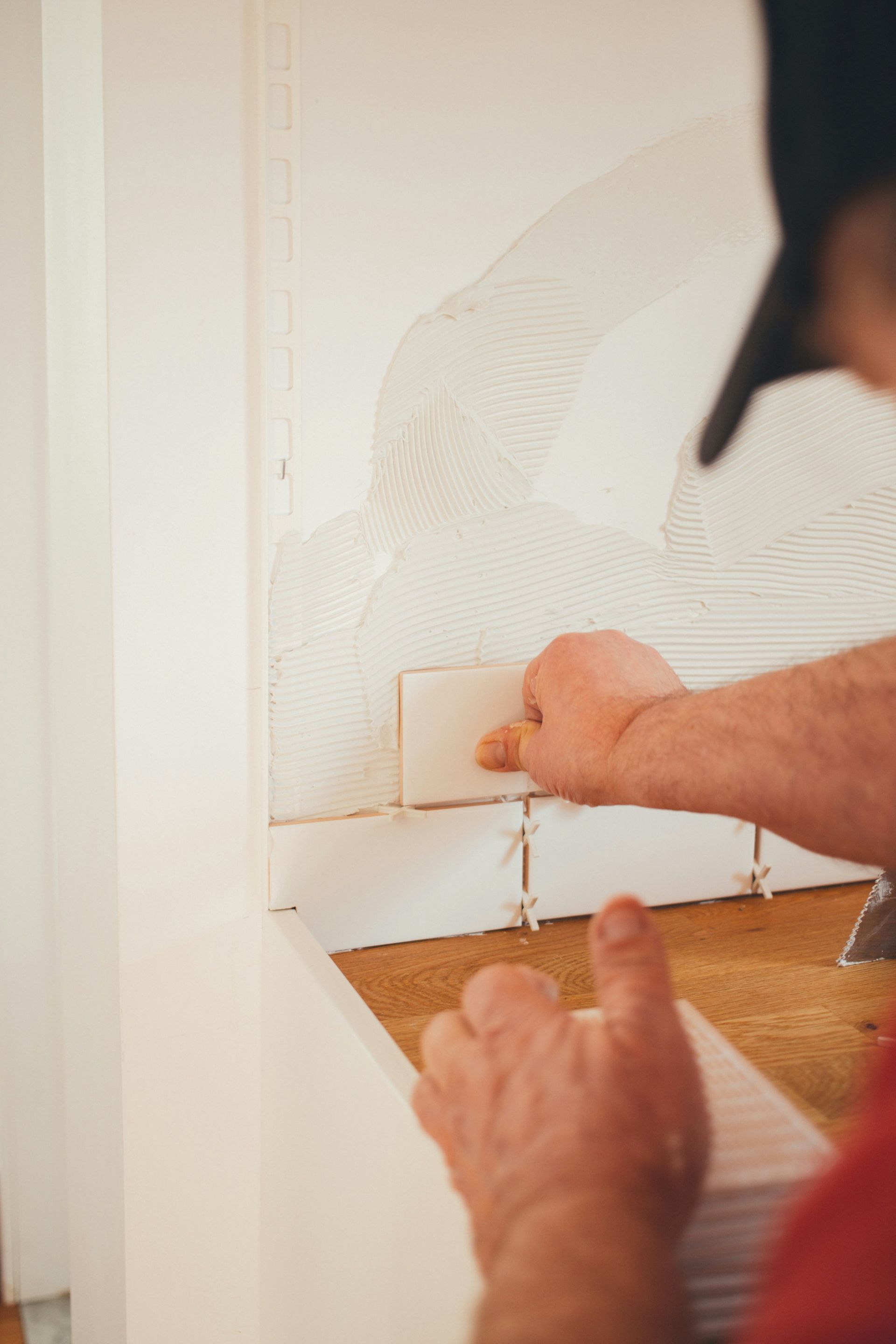

Share On: